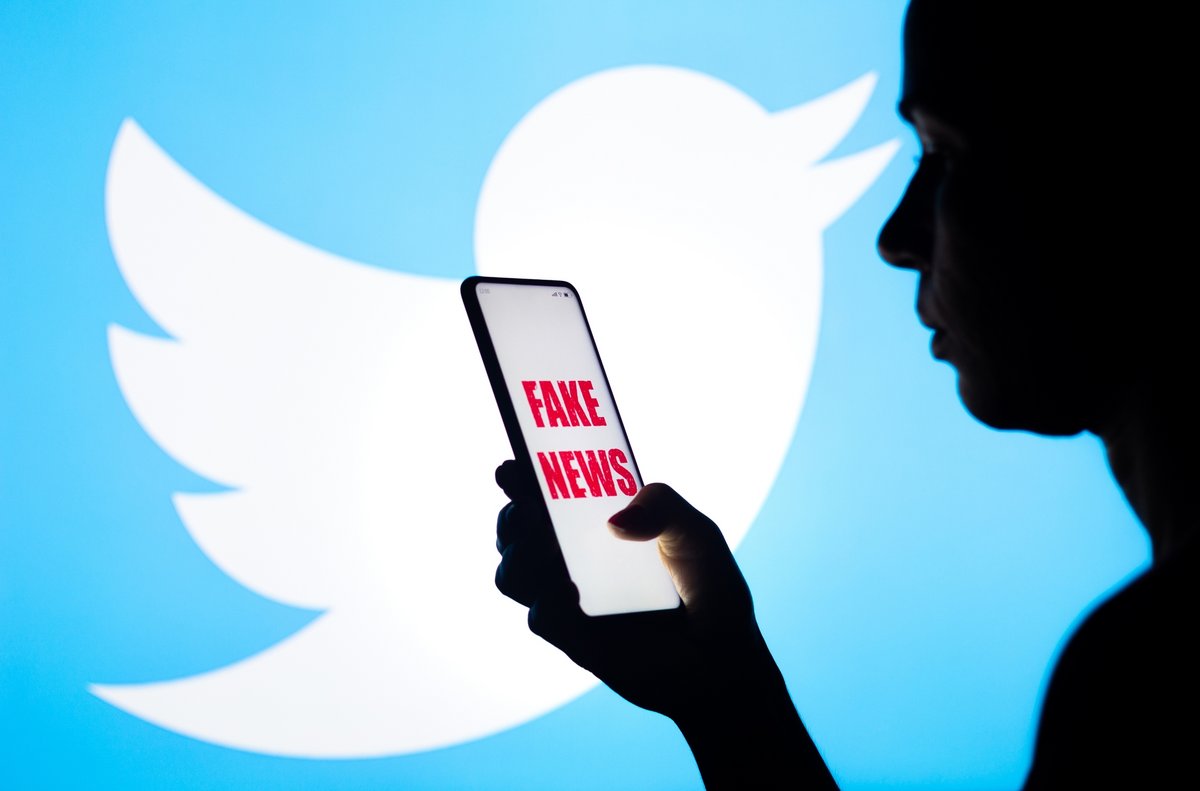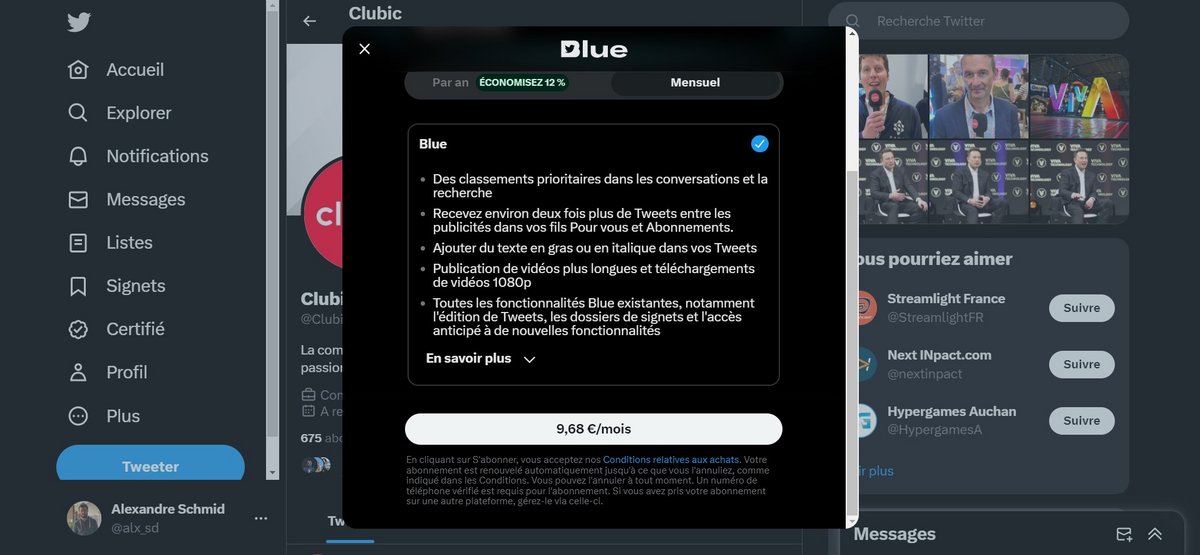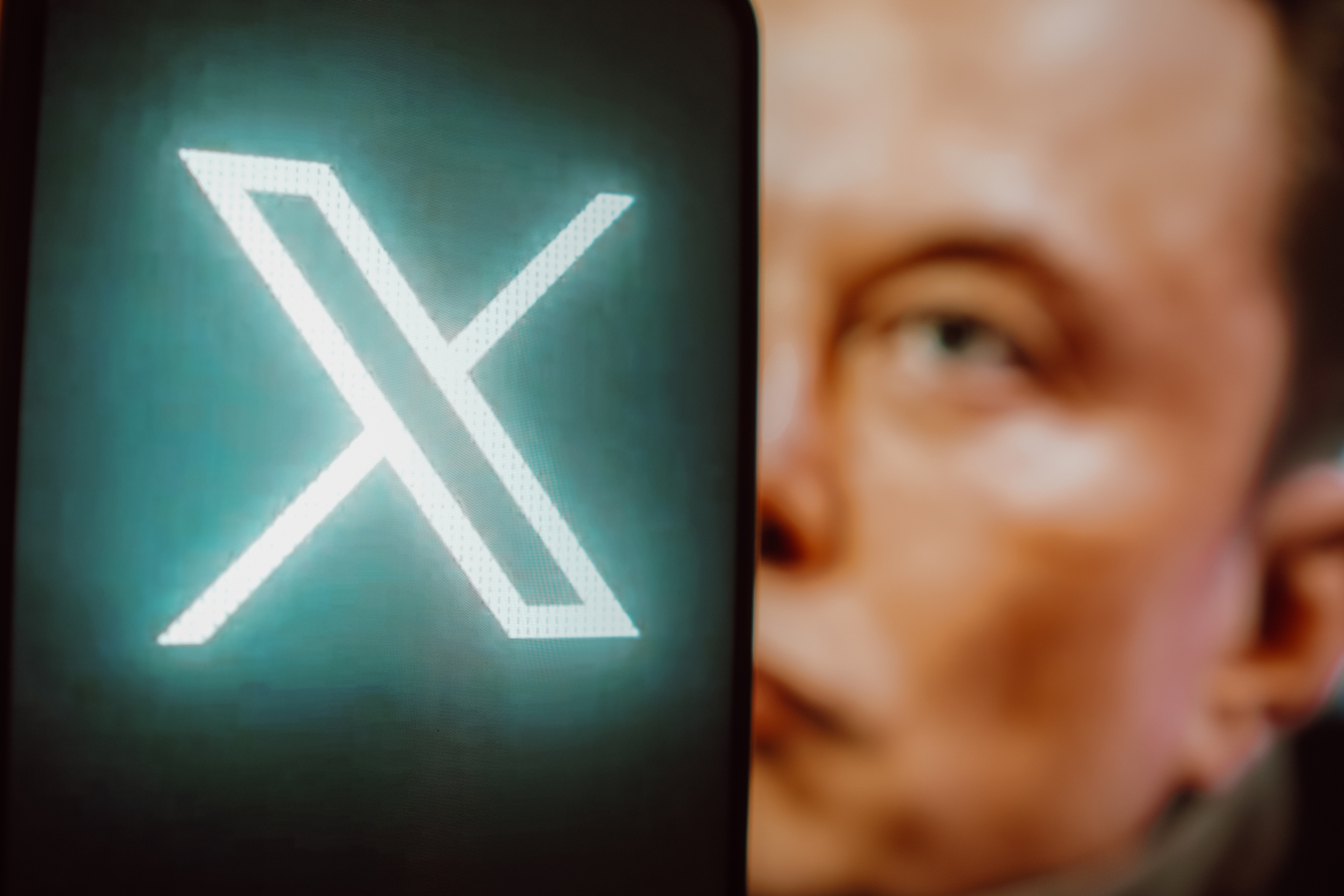Since’Elon Musk bought the social networkfew weeks have passed without him making a decision that seems absurd from the outside.
And sometimes even from the inside. It must be recognized that if Elon Musk wanted to build a platform in his image, he achieved his objective. The billionaire has in fact succeeded in transforming it into a safe place for conspiracy theorists and the far right that the former management had difficulty excluding. But above all, he succeeded in making this company in economic difficulty a real financial abyss, the fault of directions which most often seem to be taken without consultation, and of solutions which are far from sufficient. In this incredible pile of catastrophic decisions, here are some of Elon Musk’s worst choices regarding his 44 billion toy. Sorry, 19 billion.
6. Make the API Paid
Before the arrival of the South African billionaire at the helm of the company, Twitter was very accessible and open to third-party developers and academics wishing to use the platform’s API, to develop compatible applications or simply for research purposes. A free offer that is simply unacceptable for Musk, who made its access paid, at prices that most of those concerned considered largely unreasonable: the maximum unlimited offer, the only viable one for an application, is available for the modest sum of $42,000 per month.
Worse still, this terrible decision gave ideas and wings to another social network which has never been profitable before… but paid API or not, this one continues to pose problems for them.
5. Removal of article titles
Elon Musk is not the biggest fan of the media and journalists in general. But even knowing this, his decision to remove the display of titles and meta descriptions of articles posted on X.com is so absurd that even he had to, once in a while, admit that it was a mistake . Because currently, only the photo is displayed as well as a mention of the main domain name of the article when you post a link.
Elon Musk had already decided to penalize the referencing of posts including links to other sites, so that users stay on his platform as long as possible, but removing the title will obviously not enrich the debate . Musk’s justification is also worth the detour: for him, “it’s prettier.” Difficult to argue.
4. General amnesty and the abandonment of moderation
The idea here is not to fantasize about a Twitter that did not exist. Hateful, violent, discriminatory speech, and even harassment existed before Elon Musk fired the old management. But to the latter’s credit, at least it had tried to resolve these problems, notably by removing numerous accounts that violated its content policies, the most famous of them being that of Donald Trump.
A policy in contradiction with the Muskian vision of freedom of expression, which consists of authorizing all speeches, as long as they do not speak ill of him. And so shortly after acquiring the platform, he decided on a general amnesty for banned accounts, which marked the return of many extremist, conspiratorial or violent accounts on Twitter, while the moderation teams went the opposite way.
Not surprisingly, hate speech flourished, and advertisers slowly began to consider their options. Many of them ended up leaving the ship permanently, after Elon Musk recently made anti-Semitic comments and then directly insulted them during a conference.

3. Sharing advertising revenue with premium subscribers
A few months after introducing the X premium subscription, Elon Musk had another genius idea to make the formula more attractive: sharing advertising revenue with content creators – Twitter Blue subscribers of course – generating the most engagement . The first profiles concerned, almost exclusively accounts of far-right influencers or those promoting Tesla, thus shared income of several thousand dollars, which was probably above all an operation to promote the paid subscription.
But the bottom line is that the way to generate the most revenue possible on X.com is to create as much engagement as possible. In other words, sharing posts created to please the algorithm, and saturating it with viral memes copied elsewhere or outrageously provocative comments. It’s not like X.com needs it.
2. Twitter Blue/X premium
The idea of offering a paid subscription offering additional features to an otherwise free service is not a priori unreasonable, and far from being a first on the Internet. But in the case of Twitter Blue, then X Premium, this objectively meant a degradation of the quality of service for all users and was also the source of other problems discussed in this article.
The main problem is undoubtedly the method of awarding the blue macaroon. The latter has long served to alleviate the problems of misinformation and identity theft that the platform could experience, by indicating that the person or entity displaying it was indeed who they claimed to be. Its meaning is now completely different, since it is now just a receipt proudly displayed to other users.
If X Premium has participated even more in disinformation on the social network, some of the services associated with it are not additions, but features that already existed previously and are now reserved for those who have given X.com their card code blue. Probably the most problematic of these being two-factor authentication.
For all the problems caused by launch.


1. The name change
If Twitter was not exactly the company in the best financial health before being acquired, it at least had one indisputable asset: a very strong name and brand. Because apart from Snapchat, Twitter is the only social network to have included the name of its posts in the dictionary and everyday language. The vast majority of users themselves continue to use the term Twitter.
But Elon Musk chose to deprive himself of this invaluable brand image, renaming the tweets into generic “posts”, and removing even the blue bird logo. In addition to the administrative hell that this represents, it also made it possible to add new entries to his list of trials, companies named X before his are not really a rare commodity. Even today, the main domain name remains Twitter.com, many pages on the site use this name, and there is probably not a news article on the planet that does not specify “ex-twitter” when it addresses the topic of X.com.
Download
- Remuneration for accounts generating enough engagement
- “Super application” ambition
- Many features
X, formerly known as Twitter, is a social media platform that has undergone a major transformation. It is now designed to be a “super app”, offering a range of services well beyond simple messaging.
X, formerly known as Twitter, is a social media platform that has undergone a major transformation. It is now designed to be a “super app”, offering a range of services well beyond simple messaging.
Source : Mashable, The world


7